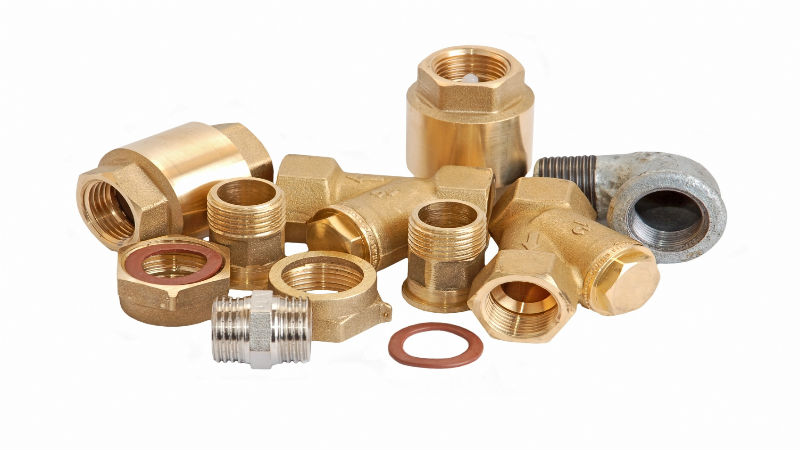There are many different options and applications for the use of a pneumatic pilot valve. One of the most common applications of this valve is in the operation of an air compressor system. They are typically used in applications where there is a continuous need for air flow, which can be found in some types of processing systems, applications for assembly lines, and other types of pneumatic tools and equipment.
More Efficient and Effective Control and Operation
The typical use of pneumatic pilot valve is to control a much larger type of valve. The pilot valve is most commonly found in applications where there is high pressure, such as an air compressor system, or when there is a high flow feed or a large volume of air through the system. Trying to use a valve in the main line would be difficult at best, so the smaller pilot valve is used instead.
The reason that a pneumatic pilot valve is a better option in these types of applications is that a smaller feed line can be used to detect any changes in air pressure within the system. These changes are registered in the pilot valve, which in turn operates the larger in-line valve. Without this option, the large in-line valve would need to be designed to operate in high pressure and high flow systems, requiring a valve that would require very high operational parameters, making it less sensitive to slight changes in flow and pressure in the system.
It is critical to choose the correct type, size, and design of any pilot valve used in a system. In addition to the specific design of the valve, there is a need to set up the system and to incorporate the pilot valve and feed line to ensure maximum performance and larger valve control.

